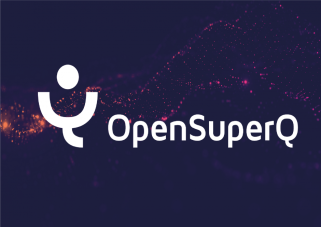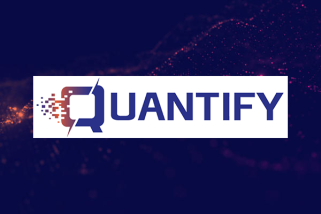
Computing
NEASQC - NExt ApplicationS of Quantum Computing
Our goal is to prepare the next applications of quantum computing, bringing together academic experts and industrial end-users to investigate and develop a new breed of Quantum-enabled applications that can take advantage of NISQ (Noise Intermediate-Scale Quantum) systems in the near future. NEASQC is use-case driven, addressing practical problems such as drug discovery, CO2 capture, smart energy management, natural language processing, breast cancer detection, probabilistic risk assessment for energy infrastructures, or hydrocarbon well optimization.
The project
NEASQC aims at demonstrating that, though the millions of qubits that will guarantee fully fault-tolerant quantum computing are still far away, there are practical use cases for the NISQ (Noise Intermediate-Scale Quantum) devices that will be available in the near future. NISQ computing can deliver significant advantages when running certain applications, thus bringing game-changing benefits to users, and particularly industrial users.
The NEASQC consortium has chosen a wide selection of NISQ-compatible industrial and Financial use-cases, and will develop new quantum software techniques to solve those use-cases with a practical quantum advantage. To achieve this, the project brings together an unprecedented multidisciplinary consortium of academic and industry experts in quantum computing, high-performance computing, artificial intelligence and chemistry, among others.
The ultimate ambition of NEASQC is to encourage European user communities to investigate NISQ quantum computing. For this purpose, the project consortium will define and make available a complete and common toolset that new industrial actors can use to start their own practical investigation and share their results.
NEASQC has the ambition to initiate an active European Community around NISQ Quantum Computing by providing a common toolset that will attract new industrial users.
This project has received funding from the European Union’s Horizon 2020 research and innovation program under grant agreement No951821.



